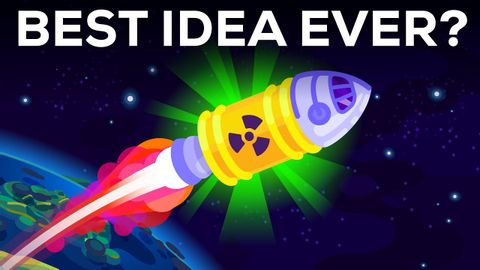なぜ核廃棄物を宇宙へ放出しないのか? (Why Don't We Shoot Nuclear Waste Into Space?)
林宜悉 が 2022 年 11 月 10 日 に投稿  この条件に一致する単語はありません
この条件に一致する単語はありませんUS /pɚˈspɛktɪv/
・
UK /pə'spektɪv/
- n. (c./u.)散らかっていること : 乱雑さ : 汚らしさ;問題;食べ物;食堂
- v.t.(物を)乱雑にする : ごちゃごちゃにする
US /ˈrændəm/
・
UK /'rændəm/
エネルギーを使用
すべての単語を解除
発音・解説・フィルター機能を解除
